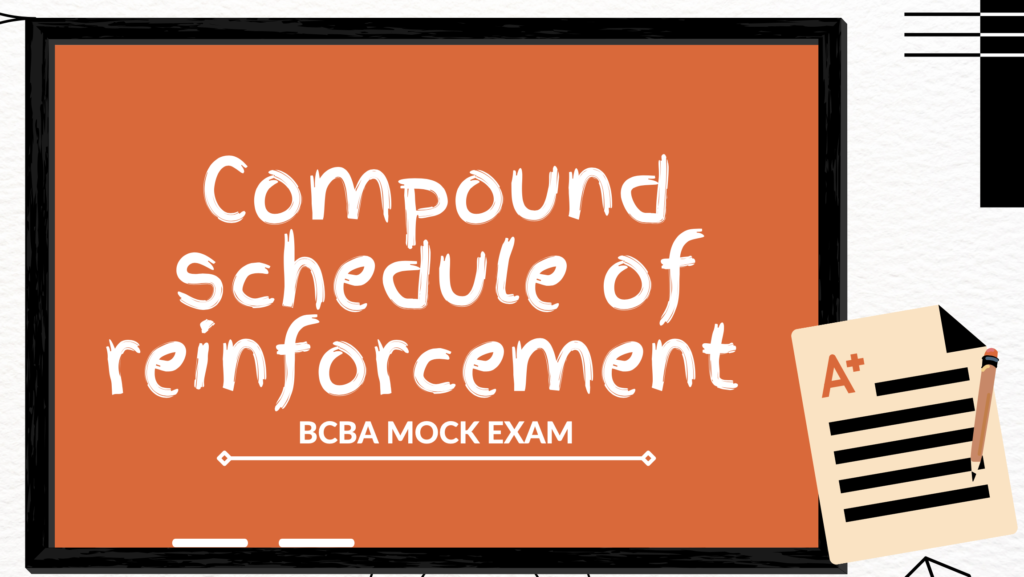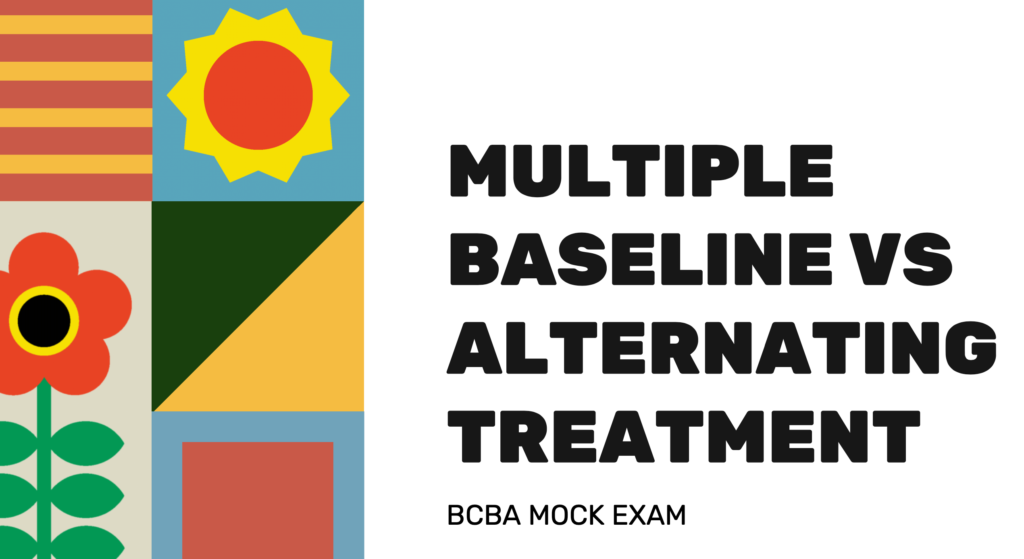Stimulus Generalization vs Response Generalization
Consider how to classify the terms “stimulus” and “reaction.” We think of everything in our surroundings that we respond to when we hear the stimulus or stimuli of the word. This is classified as an antecedent in sequential order. Then, for response generalization, this includes our replies, which is a side effect of the fact that it occurs either after or during the responses.
Let’s look at some examples. We have a variety of stimuli to which we have learned how to respond for stimulus generalization. For example, when confronted with a range of various objects in our surroundings, we know how to respond. They are equivalent. For example, we receive three different types of packages in the mail. They are three separate stimuli that we are receiving. However, we know we’re going to open them.
All of the stimuli we are exposed to are the same. We only have one response. You can imagine these events any time when you view multiple stimuli or many stimuli. This is a sign that it is talking about stimulus generalization. This is a skill that must be taught. We may not know all of these stimuli mean the same thing at first, we may form these connections in these categories and generalize the stimuli through discrimination and discrete trial training. For example, stop signs or red lights. We learn over time that stoplights can take on a variety of designs, whether they are horizontal or vertical, they all mean the same thing: stopping.
Next, let’s talk about response generalization. We want to consider a variety of alternative responses that we could make in a response class. We can figure out how to respond. We can respond to a single stimulus in different ways. For example, If someone says hello to you, you can answer in a variety of ways depending on your mood. You might wave, nod, or introduce yourself. Although there are many various responses you might use, they all convey the same thing. Because they all mean the same thing, these responses belong to the same response class. In an intraverbal setting, another example might be. If you ask someone what types of food they like, we’ve found that there are many varied responses. “There are many different types of foods,” we could say. It’s for a class, and we’ve gone over all of the responses that would be appropriate and correct responses to this stimulus.
Remember, if there are a lot of stimuli, it is about generalizing a lot of different stimuli. If there are several or multiple responses, we know it is about response generalization. It also depends on when it happens. If something similar has happened before and we’ve learned to respond to a variety of stimuli, it is in the antecedent, and that’s stimulus generalization. It will be in the consequence or behavior section after the stimulus has been provided, and it will be response generalization.





